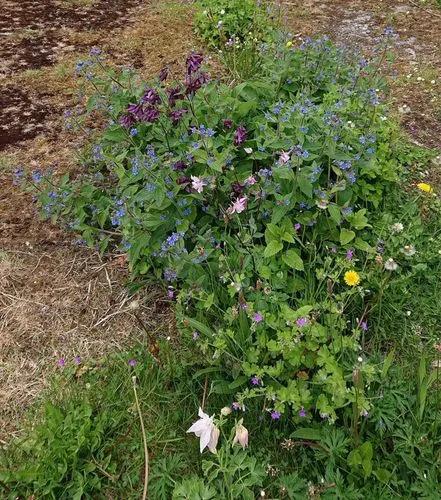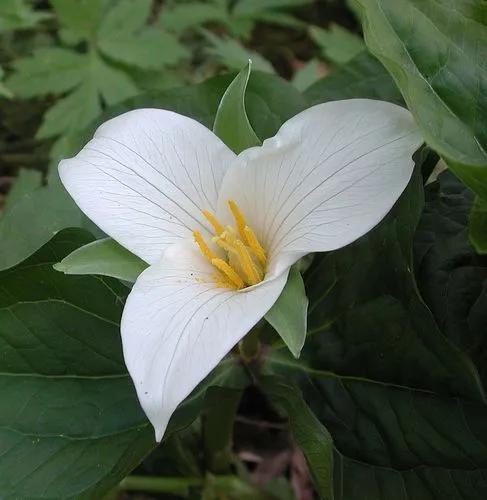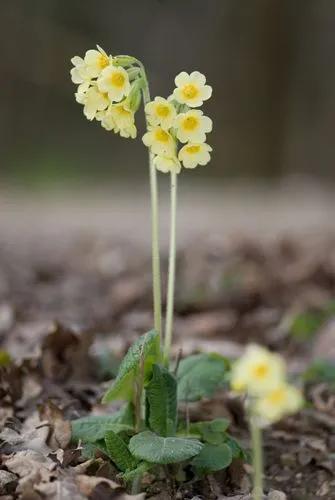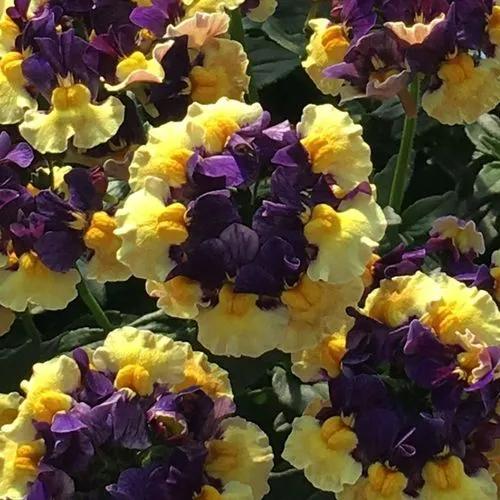Tabebuia heterophylla is a fast-growing, semideciduous tree with a fairly sparse, spreading canopy; it can grow up to 18 metres tall. The straight, cylindrical bole can be 45cm in diameter. A valuable timber tree, commonly harvested from the wild for local use and export. It is sometimes grown in plantations for timber production and reforestation. A very ornamental tree, valued for its floral display, it is often grown in gardens and parks.
Pink Manjack Care
Tabebuia Heterophylla



Tabebuia heterophylla is a species of tree native to the Caribbean, including the Swan Islands of Honduras, and is also cultivated. It is also known as pink manjack, pink trumpet tree, white cedar, and whitewood. Tabebuia heterophylla grows up to 20 to 30 feet tall. It is palmate and compound and has green leaves that are evergreen throughout most of its range. In the spring and summer, one can see its pink or white flowers followed by seedpods that are long and slender. The fruit of the Tabebuia heterophylla grows to about 3 to 12 inches and is dry and brown. This characteristic of the fruit enables it to be showy, but does not attract wildlife. This tree is valuable for its timber production and grown for such purposes on plantations. It is commonly harvested from the wild for use locally and for export. Pink manjack is used as a street tree. Its height allows for it to provide lasting shade and as a result it can provide shade for a residential property near the patio or deck. Its floral display allow it to be valued and as a result, it is known as an ornamental tree.
How to Care for the Plant

Popularity

402 people already have this plant 42 people have added this plant to their wishlists
Discover more plants with the list below
Popular articles






